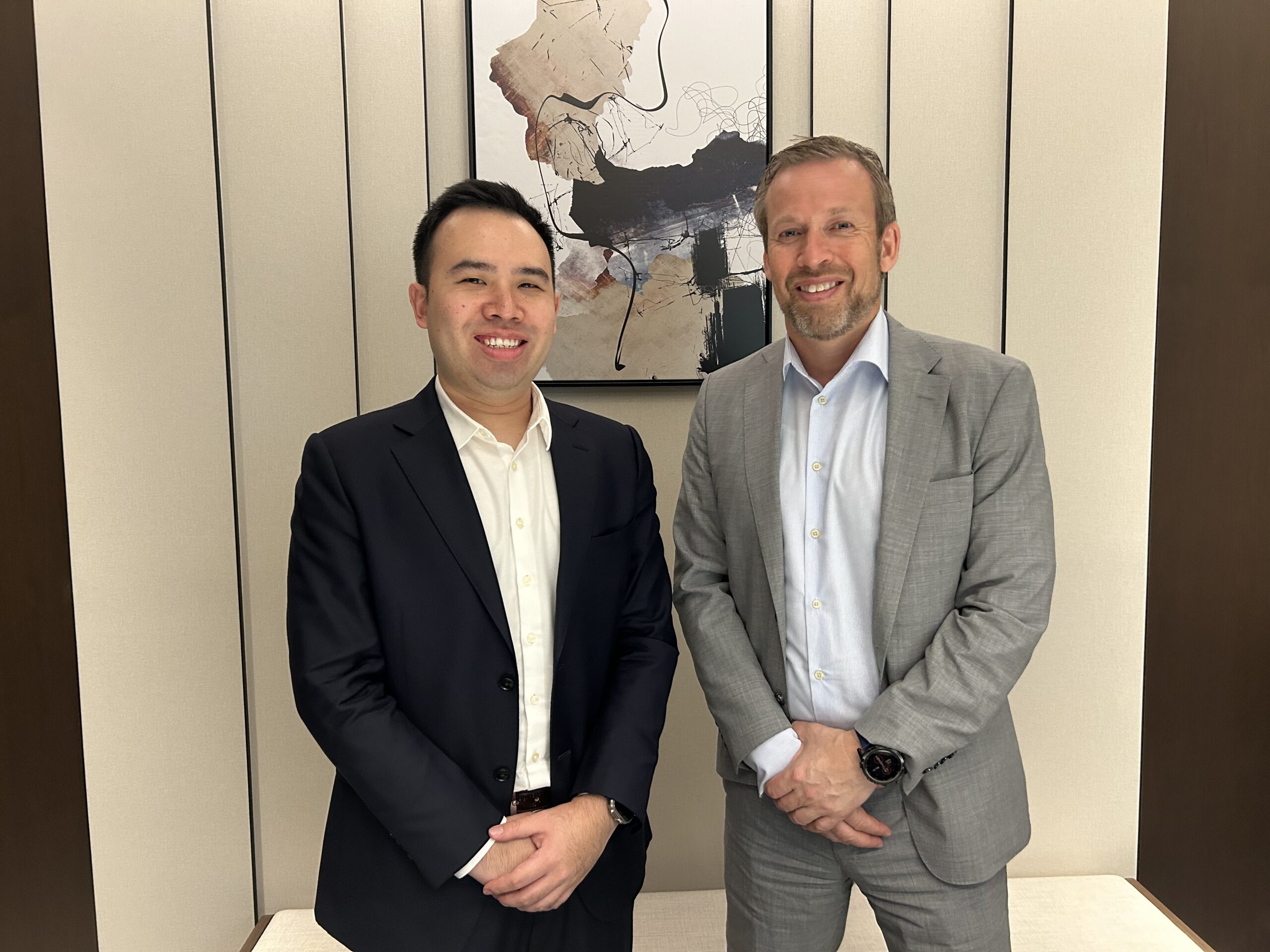〆Klaveness, backed by investments from Marubeni, is strengthening its pool business through Maruklav.
〆By advancing digitalization, Klaveness aims to connect this progress to decarbonization efforts for the shipowners participating in the pool.
(Introduction)
In its business policy for 2024, Klaveness Dry Bulk, the company overseeing the Panamax bulk carrier operator business for Torvald Klaveness Group, a leading Norwegian shipping company, revealed its plan to “pursue strategic expansion of Maruklav, the Panamax bulk carrier pool operator co-funded by Marubeni, which has become an important strategic partner.”
In 2024, both companies aim to maintain the strong performance of their operator business by utilizing “Market Manager,” a data-driven digital maritime transportation decision-making tool developed by Klaveness Dry Bulk. JMD spoke to Ernst A. Meyer, President and CEO of Klaveness, who shared insights into the company’s business strategy.
(Text by Hirofumi Yamamoto)
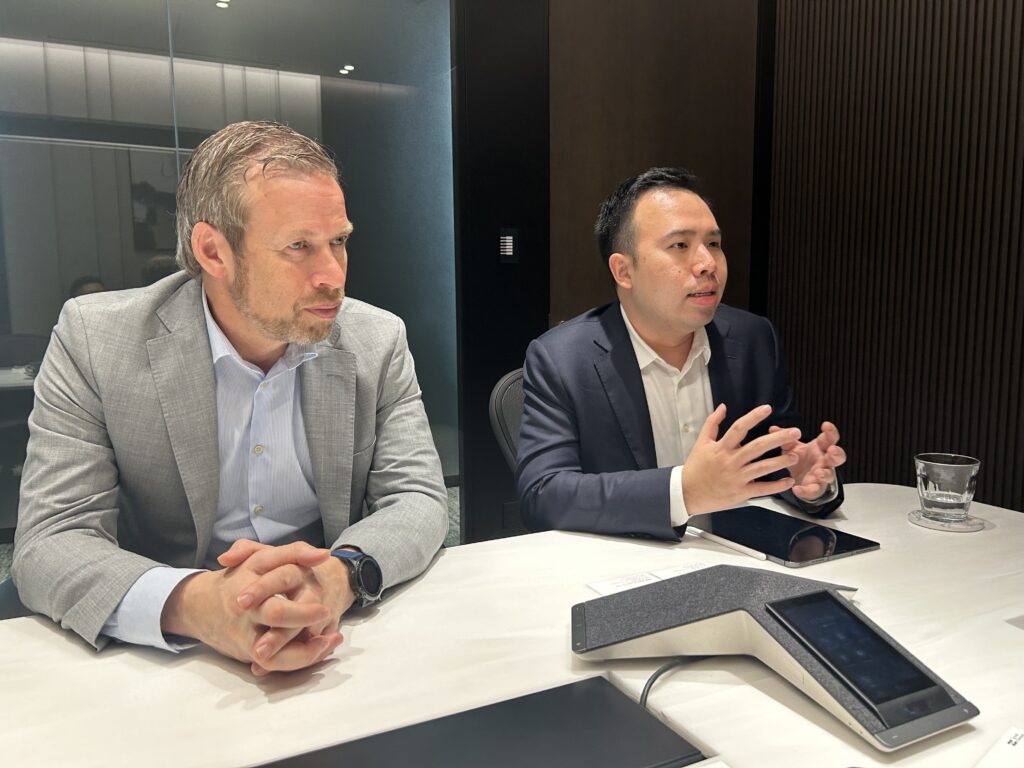
JMD: In April, Klaveness opened an office in Japan. What does Klaveness expect from the Japanese market?
Meyer: “Klaveness has always valued its trust-based relationships with Japanese shipowners, trading houses, and financial institutions. The purpose of opening our office in Japan is to deepen our relationship with the Japanese market further. Specifically, we aim to strengthen ties with Japanese cargo owners in the steel and power sectors.
Enhancing relationships with Japanese shipowners and regional banks is another key objective. To this end, we established an office in the JP Building in Marunouchi, Tokyo, and appointed Haruki Chua as our local representative. Through our Japan office, Klaveness seeks to reinforce its ties with the Japanese market.”
JMD: On June 30, 2023, Marubeni, a major Japanese trading company, announced the acquisition of a 25% stake in Klaveness Dry Bulk, the company overseeing Klaveness’s Panamax operations. Could you outline the future business strategy for Maruklav pool and for the Market Manager digital tool that you have now commercialized?
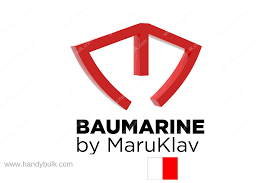
Meyer: “One of Maruklav’s goals is to pursue economies of scale. The larger the pool becomes, the more benefits it can offer to shipowners and all team members participating in the pool. Some shipowners wish to take advantage of market peaks and hence lock in attractive earnings through the Forward Freight Agreements (FFA) service provided by Klaveness an advantage that you don’t find in other commercial structures. Maruklav can also support decarbonization efforts for the pool owners. One of Maruklav’s missions is to ensure that ships within the pool have better Carbon Intensity (CI) ratings than when they joined.
When it comes to market Manager we aim to provide a software tool that facilitates sound freight decision-making, ultimately benefiting shipowners, charterers, and owners who wish to collaborate and crowd-source knowledge. We see the pool business as a two-way partnership between the Pool Manager and shipowners. At the same time, we also want to understand how shipowners operate their businesses and how we can improve our operations for their benefit.”
JMD: Can you give us an idea of the scale of Klaveness’s operations?
Meyer: “As of the end of 2023, Klaveness operates a fleet of 85 vessels. Of these, 28 are managed through the pool business, 41 are handled by Klaveness Chartering, and 16 by KCC. Additionally, KCC has three Caustic Soda Bulk (CABU) replacement ships on order, with delivery scheduled between January and September 2026.”

JMD: New shipbuilding costs are skyrocketing, while the global shipping industry is exploring new fuels such as ammonia and green methanol. What kind of new fuel does Klaveness currently see as suitable?
Meyer: “New fuels could be methanol, ammonia, or even hydrogen. Batteries currently lack sufficient storage capacity, and nuclear power is still far from being established in terms of safety and technical development. Meanwhile, developing new fuels requires an enormous investment. Replacing conventional fuels at scale demands a tremendous energy source, such as solar, wind, or nuclear power. We will likely see ammonia- or methanol-powered ships by the 2030s. As for LNG, it might take around 15 years for its adoption to reach 10% due to the need to build infrastructure and vessels.
However, if we aim for zero emissions by 2050, there’s no option but to shift from traditional fossil fuels to new fuels. The paradox is that if you order a new ship today, it won’t be delivered until 2027, and nobody knows which new fuel will dominate by then. Our solution is to remain flexible. For the three new buildings in our fleet, we ensured sufficient space and strength in the tanks to store new fuels. The next question is how much to invest in making the engines adaptable.
We’re not fuel suppliers, so we can’t provide fuel to the global market or to engine technology. But what we can do is test various technologies to stay ready for whatever comes next.”
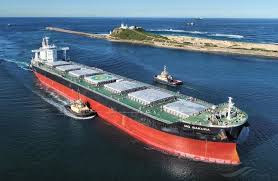
JMD: The dry bulk market is currently more robust than expected, partly due to the Red Sea blockade and congestion at the Panama Canal. How does Klaveness see the market outlook for 2024?**
Meyer: “Overall, the critical factor is the supply of new ships. Even setting aside unusual conditions like the Panama Canal congestion and conflicts, the fundamental issue is that new dry bulk orders remain low at around 7-8%. While global demand is growing, the supply of new dry bulk ships isn’t keeping pace. There are also random factors, like the congestion we saw last year.
Looking at the low volume of new ship orders, freight rates will likely increase naturally in the coming year.”
JMD: The EU Emissions Trading System (EU ETS) started in January this year. Has Klaveness been impacted financially so far?
Meyer: “As an Operators, Klaveness has not yet seen any direct financial impact. However, our financial trading team is involved in EU trading, partly to assist the shipowners participating in the pool. Klaveness supports the shipowners involved in Maruklav. We’ve worked with them to understand how this change will affect them. In Atlantic trading, we’ve also held credits for shipowners in the pool. We always aim to support and monitor the status of our shipowners.
When it comes to the EU ETS, Klaveness can model and optimize CO2 emissions using software. In other words, by using Klaveness’s various software solutions, we’re better positioned to be proactive in the emissions trading system. While we don’t offer software that directly calculates the cost of the EU ETS, it’s still a crucial aspect of overall carbon costs. Any costs in a sector will ultimately be borne by consumers.
We believe that achieving decarbonization requires improving energy efficiency and ensuring that new fuels can compete with older technologies.”
JMD: Even Japanese shipowners are increasingly placing orders with Chinese shipyards. What is Klaveness’s stance on ordering from Chinese shipyards?
Meyer: “Japanese and Chinese shipyards differ significantly in the types of ships they can build. Japanese shipyards tend to prefer standardized vessels, so special ship types may not fit well within their production lines. We have a strong relationship with Oshima Shipbuilding and have built a series of vessels with them before. However, when recently placing new orders, we found that Japanese shipyards were not able to offer the capacity or couldn’t accommodate the required unique design of our combination carriers, leading us to look temporarily towards South Korean or Chinese shipyards.
Finding a shipyard that can build new ships with the features we aim for is challenging. Ideally, we would always like to conduct business in Japan, and that means building new vessels in Japanese shipyards.”
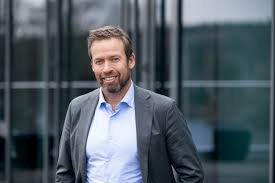
JMD: Could you share the financial results for the fiscal year 2023 (January to December)
Meyer: “For the full year 2023 (January to December), Klaveness reported revenue of $433.96 million, a 9% decrease from the previous year, but operating profit increased by 6% to $85.73 million. Net profit fell by 35% to $65.36 million.
Breaking it down by division, the Panamax bulk carrier pool operated through the Maruklav joint venture with Marubeni recorded revenue of $190.8 million and a net profit of $4.7 million. The bulk-liquid combination carrier division, Klaveness Combination Carriers (KCC), achieved revenue of $287.17 million and net profit of $86.9 million.”
